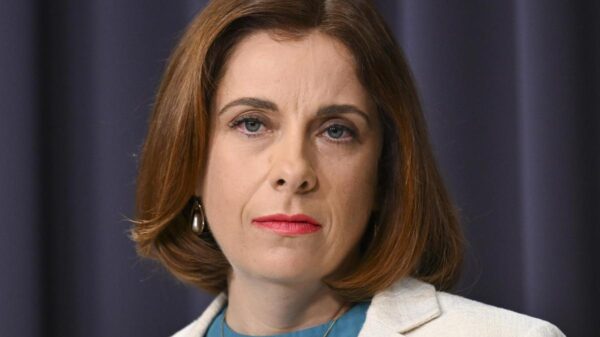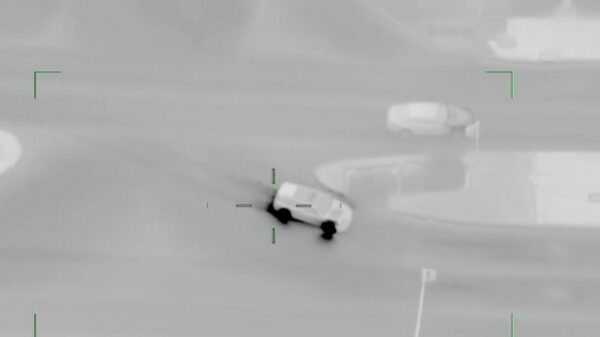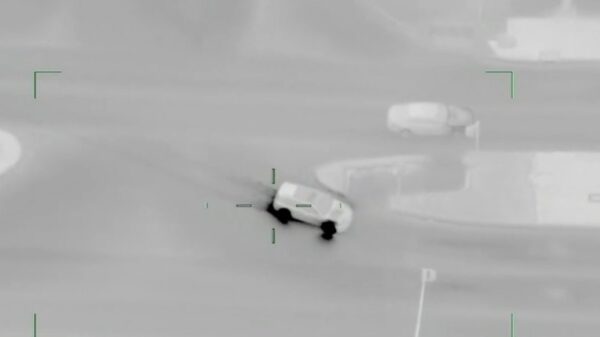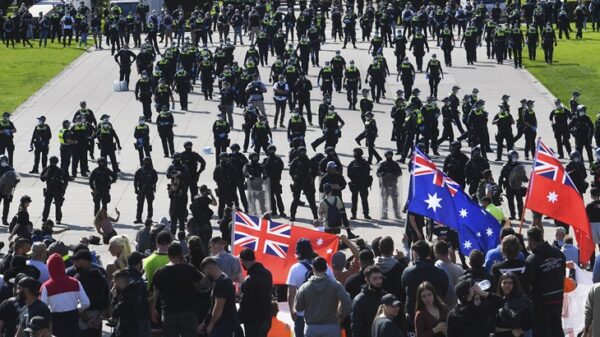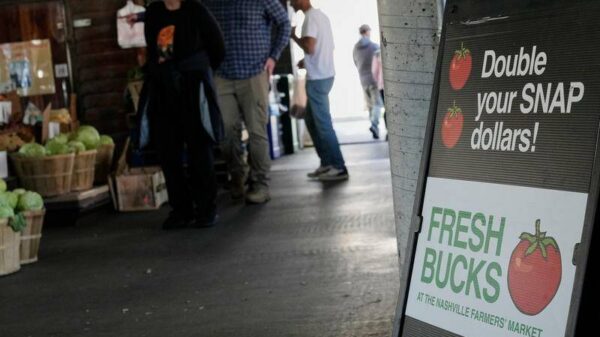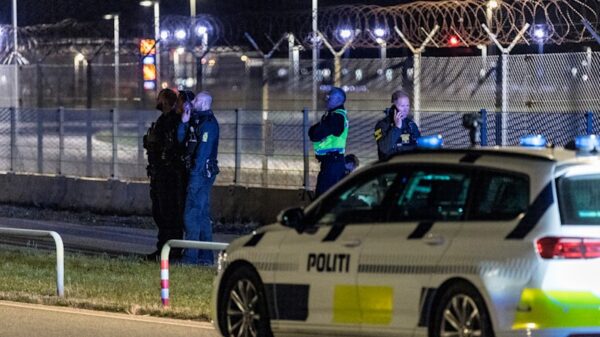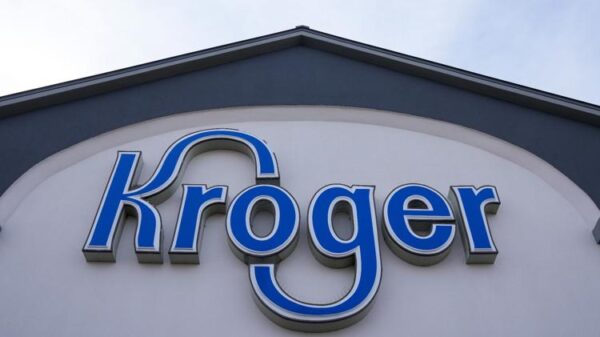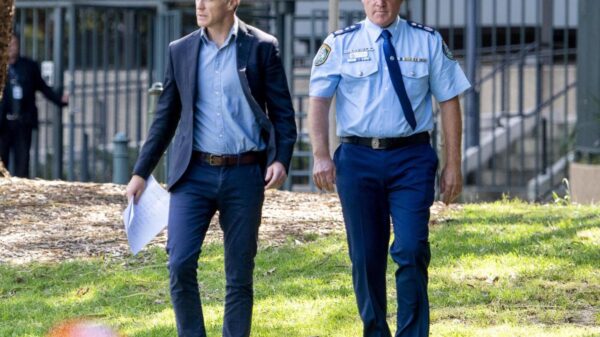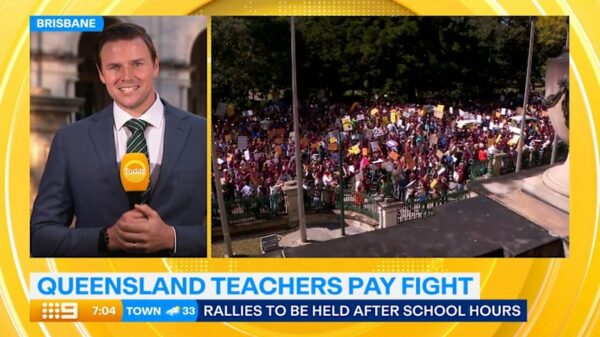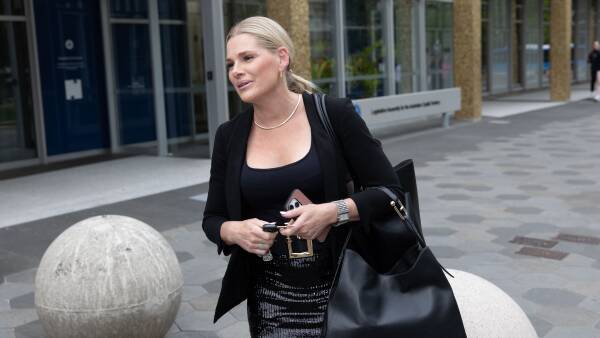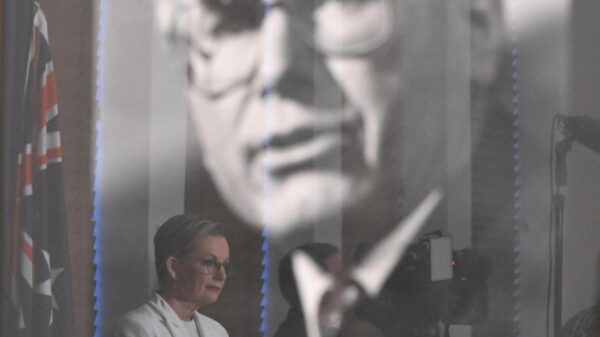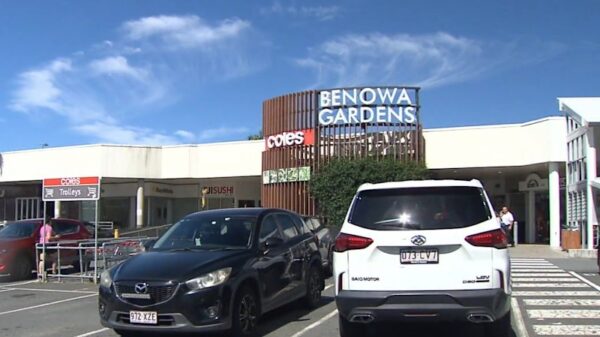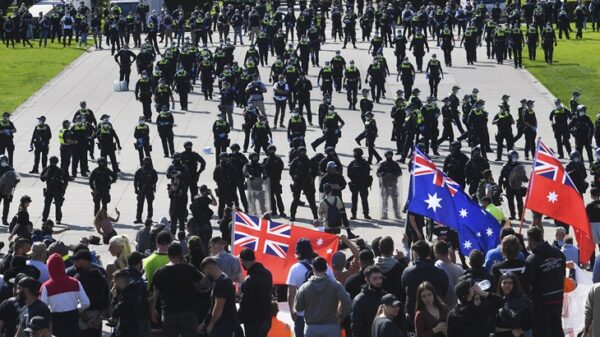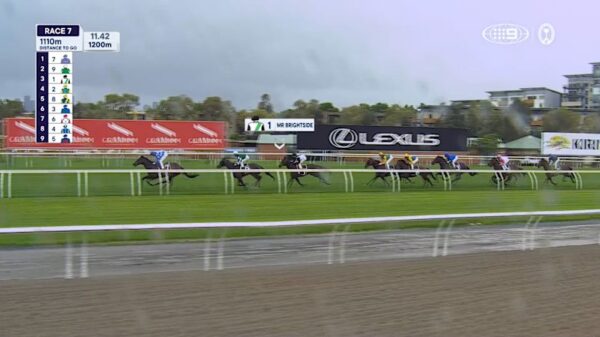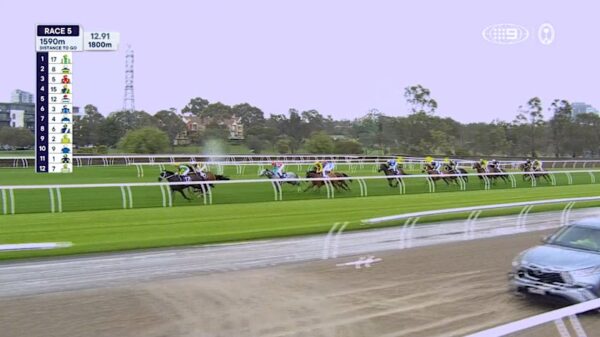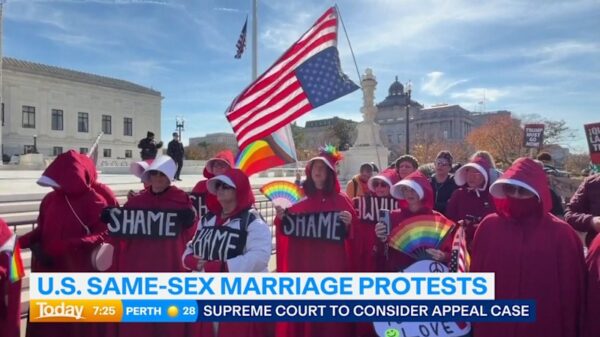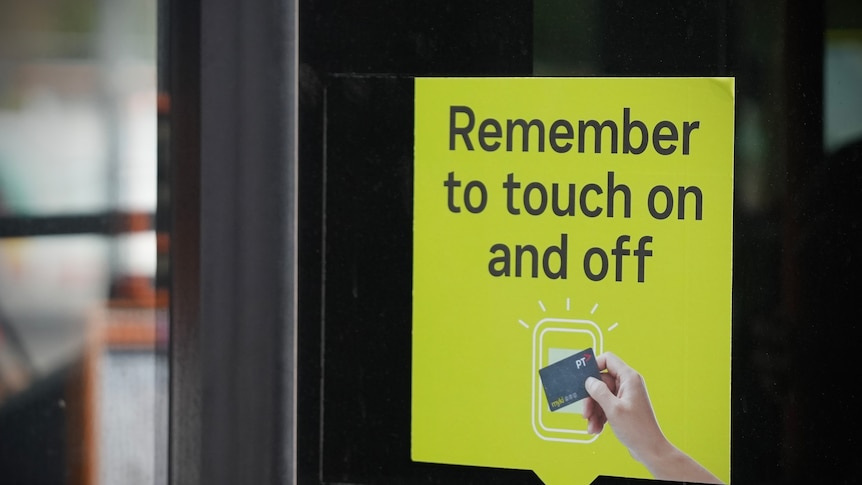In Melbourne, declining touch-on rates for bus commuters have raised concerns about fare evasion and the overall effectiveness of the public transport system. According to recent reports, only **25 to 30 percent** of passengers are now using their Myki cards to touch on, a significant drop from the **60 to 70 percent** range observed before the pandemic. This trend highlights the financial challenges faced by many commuters, especially in light of rising living costs.
Jayden Riddoch, a **22-year-old disability pensioner** from Melbourne’s outer south-west, admitted to not touching on regularly. “Sometimes, if I’m in a rush or I forget to, other times I just can’t be bothered,” he shared. Riddoch expressed concerns about the affordability of public transport, stating, “If I’ve got to spend a solid dollar just for like two stops, it’s a bit much for my taste.” Currently, a two-hour fare in Melbourne’s inner suburbs costs **$5.50**, with concession fares priced at **$2.75**.
The **Myki** fare system has seen a **20 percent** increase in fares since 2021, further straining commuters’ budgets. This financial pressure coincides with findings from the **Bus Data Discussion Paper**, which emphasizes the need to understand how people use the bus network to inform future planning and reforms. The report noted, “The touch-on rate for buses has been declining and is currently very low.”
When visiting **Tarneit railway station**, it became evident that many passengers were not touching on as they boarded buses. While the touch-on rate serves as one measure of bus patronage, it is not the sole indicator. Some passengers may have already touched on during previous journeys, or they might possess monthly or yearly tickets, complicating the overall assessment of fare compliance.
The **Victorian government** relies on an annual revenue protection plan to gauge compliance through biannual surveys conducted by authorized officers. The most recent report from **October 2023** indicated that metropolitan public transport fare compliance was **96.8 percent**, with bus compliance at **96.3 percent**. Despite these figures, the state has lost approximately **$22.7 million** in revenue due to fare evasion, with **$19.9 million** attributed to the metropolitan network and **$2.9 million** to regional trains.
In response to these challenges, a government spokesperson stated that the loss of revenue stems from a minority of passengers who fail to comply. “We know the majority of passengers do the right thing and travel with a valid ticket,” the spokesperson said. Yet, the low touch-on rates have raised alarms among experts and transport advocates.
John Stone, an honorary senior fellow in transport planning at the **University of Melbourne**, pointed out various factors contributing to the decline in touch-on rates. He suggested that improving bus services could enhance compliance. “When they don’t have respect for the system, they don’t pay,” Stone noted. “If we started giving people the service they need, those rates would improve.”
Bus drivers, however, find themselves unable to enforce fare compliance effectively. One driver commented, “Sometimes it feels like I run a free service.” The **Bus Association of Victoria**, represented by executive director **Peter Kavanagh**, acknowledges that drivers prioritize safety while operating the bus and should not be distracted by fare enforcement responsibilities. He emphasized that the duty to enforce fares lies with dedicated officers across Victoria’s public transport network.
Peter Parker, a former bus planner with the **Department of Transport**, criticized the government for neglecting the issue of Myki touch-on rates. “There is revenue that it’s losing; if touch-on rates were higher, there would be revenue for better buses and other transport improvements,” he said. Parker also warned of the potential for a culture of non-payment to develop, where individuals are likely to follow the lead of others who evade fares.
In a proactive move, the government announced plans to roll out a new youth Myki card by **January 1, 2026**, making public transport free for individuals under the age of 18. A government spokesperson noted, “We have consistently increased the bus operating budget, investing more than **$892 million** in new and upgraded bus services,” which has resulted in nearly **23,000 additional bus services** added to the network.
As the government continues to address the challenges facing Melbourne’s public transport system, the focus on touch-on rates and fare compliance will be crucial in ensuring the sustainability and efficiency of the network.

